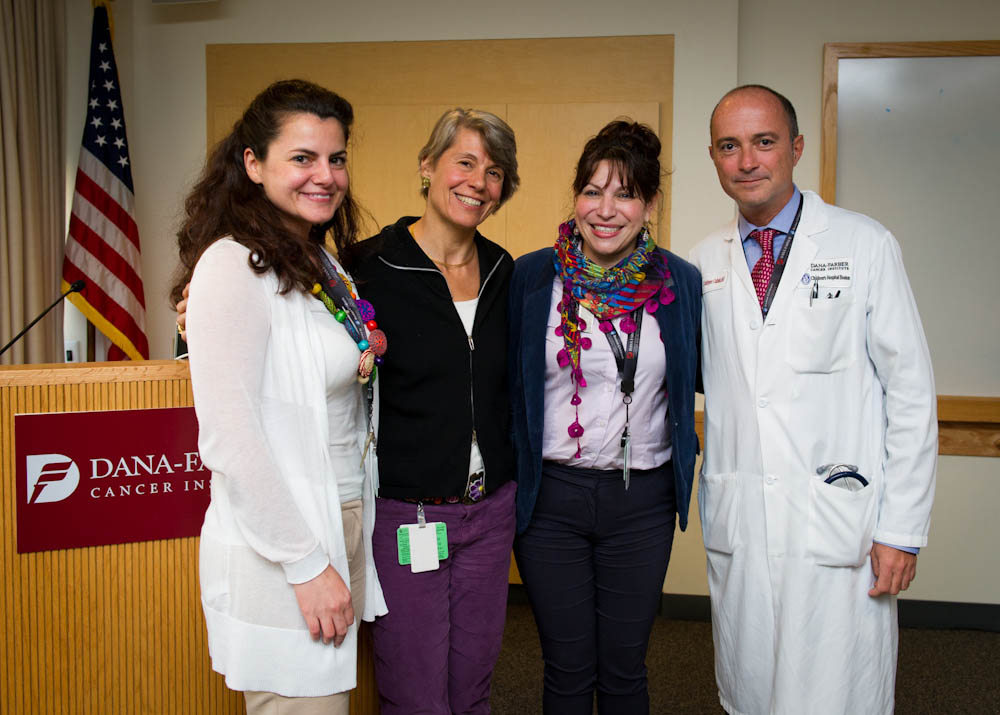By Dr. Soad Fuentes Alabi
Soad Fuentes Alabi, MD, visited Dana-Farber/Boston Children’s Cancer and Blood Disorders Center as part of the Global Health Initiative. She shares her experience with Insight readers.

In El Salvador, where I come from, in a population of more than 5 million, there are almost 1.1 million children ages 1-14. For all of those children, there is only one pediatric hospital.
As a doctor who specializes in pediatric oncology, I was thrilled when I got the chance to come to America. Through the St. Baldrick’s International Scholar Award, I had the opportunity to come to the U.S. and learn all about clinical effectiveness, protocol based therapies, childhood cancer epidemiology, and cancer registries at Dana-Farber/Boston Children’s Cancer and Blood Disorders Center.
That meant I would finally be able to give children in my home country the cancer treatment they deserve. For me, one of the most important goals of my interaction with Dana-Farber is to lead a childhood cancer epidemiology consortium in Central America, starting with improving the system and level of care for pediatric oncology and hematology in El Salvador. I want to develop the infrastructure for the first nationwide pediatric cancer registry so that we can have the same protocols across the country.
Coming to Dana-Farber has opened my eyes to the possibilities of what a well-structured and committed team can offer their patients. I know that at Dana-Farber they have access to more funds than I do in El Salvador, in my 11-floor hospital, but I never realized until I came here that it is not the funds that made the difference, it is the team.
Here, every doctor, nurse, social worker, and everyone on the team is working together and giving the best of themselves to help the patient. They are all committed to being part of a team that will strive to do their best to save lives. It is not about their access to research funds, but rather their commitment to the patient that sets them apart. That is something that I want to communicate to my colleagues when I go back. That level of commitment is what is important, it is what matters, and that’s the attitude we should have as a team.
If we are all committed to the project, we can’t go wrong. If we create a standardized protocol for pediatric oncology care and follow it every step of the way, we can’t go wrong. If we bring the level of care and commitment that I see every day in the Dana-Farber team, we can’t go wrong in helping our patients’ chances of survival and changing the landscape of pediatric oncology in El Salvador and other low-income countries in Central America.
